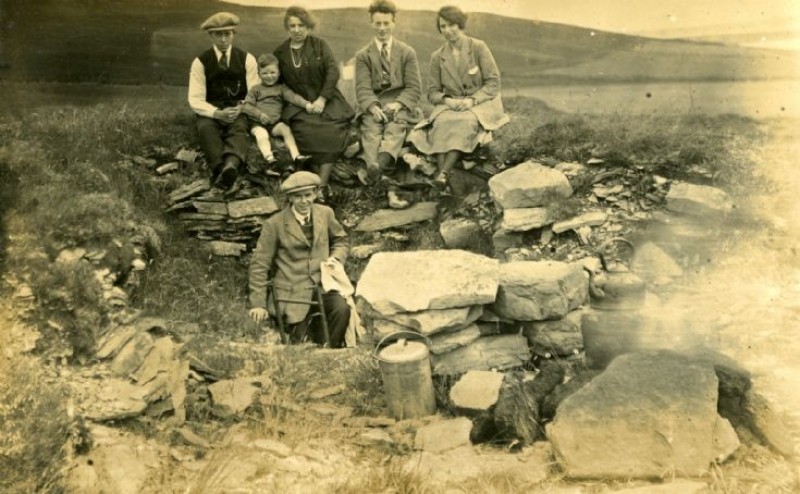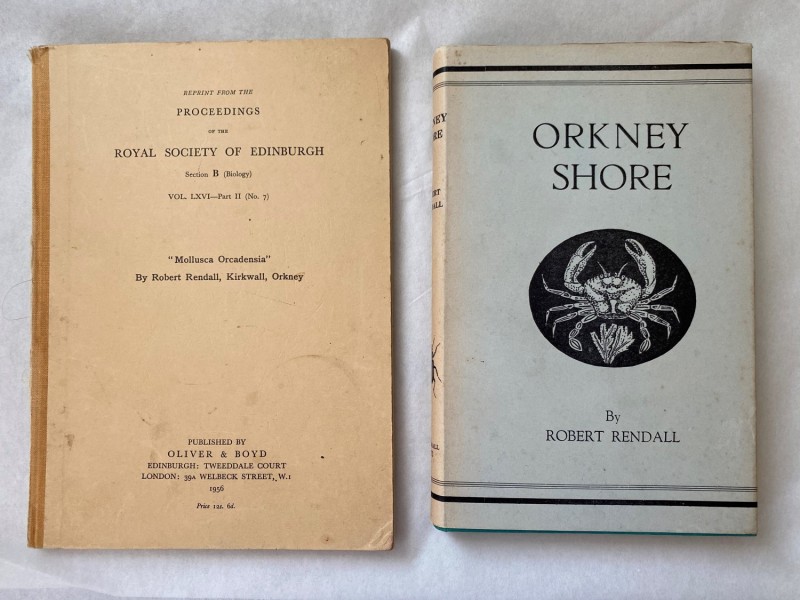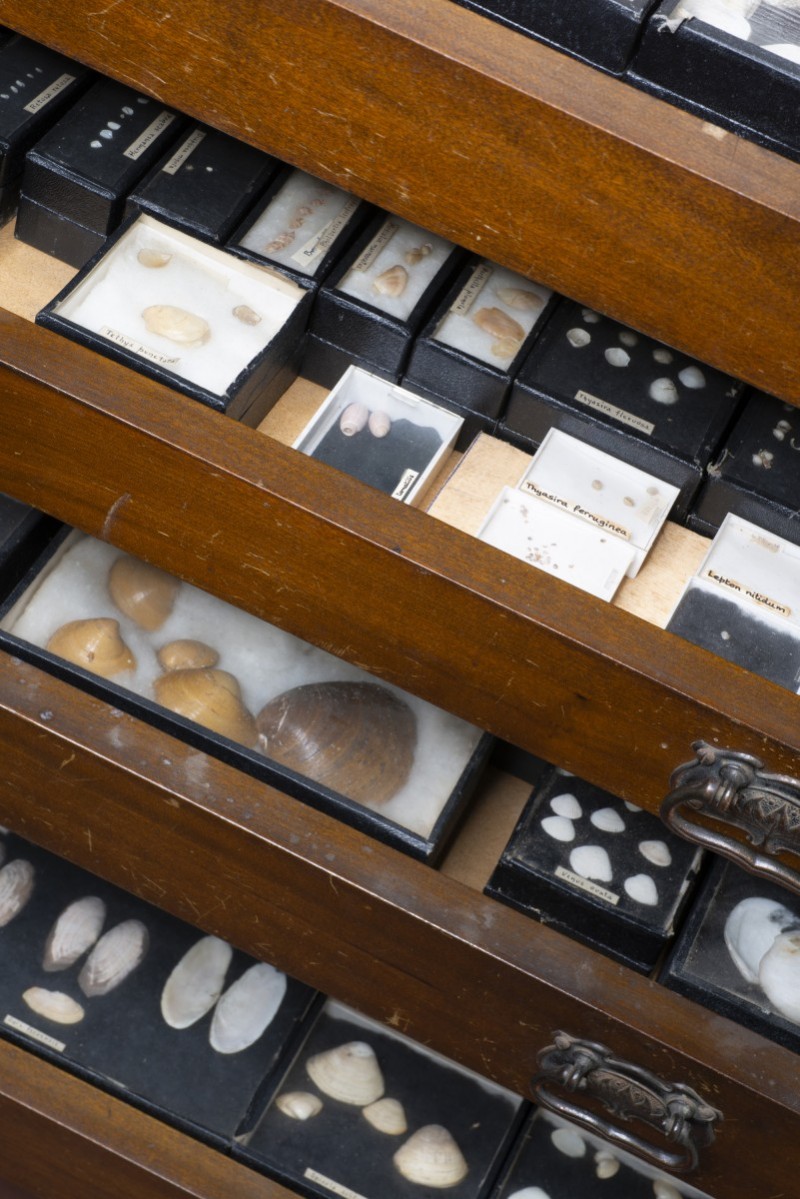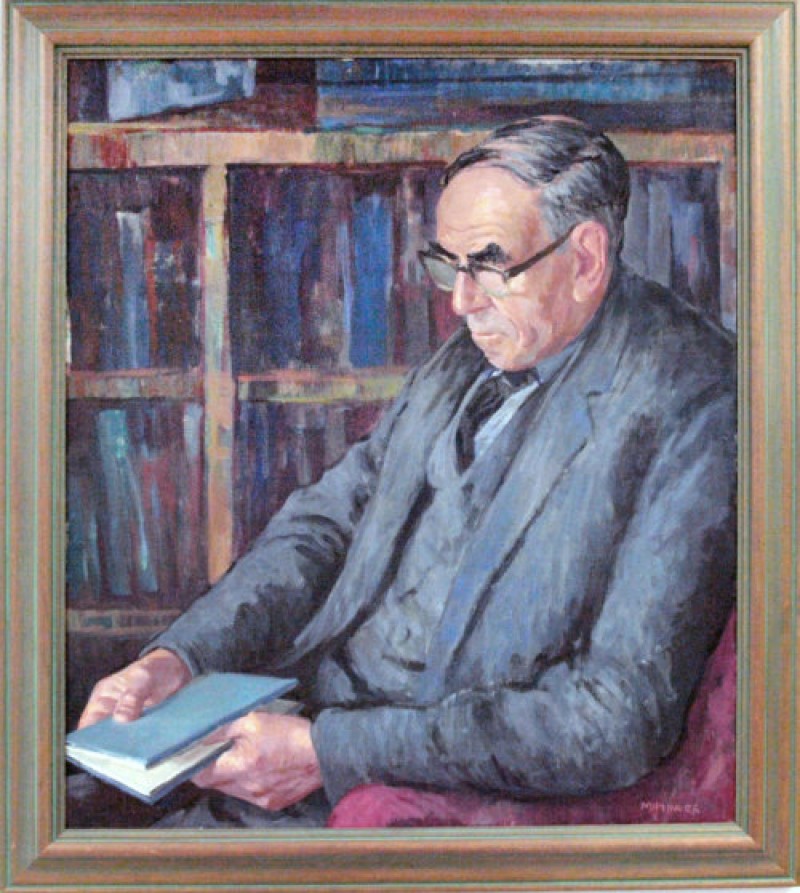Even upon the margin of the deep
Life spills her myriad forms before our gaze
In my tiny treasures-bright anemones,
Worms, star-fish, crabs, and little fish that leap
Across the pools. Look how storm waves heap
A fringe of shell along these sandy bays,
And how on golden bladder weed that sways
With rhythmic motion periwinkles creep
‘In the ebb’ - Robert Rendall
Robert Rendall is one of the most well-known names in Orkney. Held in great esteem, he was a man of many talents. A skilled poet, a well-respected preacher and painter, he is also famed for the discovery of the broch of Gurness. Along with these many achievements and skills he also had a great love of the natural world, something which can be found reflected in all his work.

Robert Rendall was born in Glasgow on the 24th of January 1898 to parents who both came from Westray and had strong Orcadian ancestry. Due to the young Robert’s poor health as a child, his mother moved the family back to Orkney in 1905. In his book ‘Orkney Shore’ published in 1960, he remembers being amazed that he was allowed to pick the flowers in Pipersquoy, after experiencing the closely protected gardens and parks in Glasgow where the children were not even permitted to play on the grass.
Despite having a lifelong interest in most branches of natural history, after spending his summer holidays exploring the shores of Birsay, his love of seashells “always had first place”. From that point he continued to learn about the natural world and became a talented scientist and naturalist. His contributions to the Orkney shell record are immeasurably valuable.
In the biography of Robert Rendall ‘An Island Shore’ Neil Dickson writes that during his teenage years, after having read the 1914 work ‘Flora Orcadensis’ which catalogued the work of his school master Magnus Spence, Rendall became determined to create his own work, which would also have a Latin name, dedicated to Orcadian molluscs.
He achieved his goal in 1955 when his ‘Mollusca Orcadensia’ was published and presented to the Royal Society of Edinburgh. This was a collection of his own shell-based works and those of other conchologists that had come before him. This paper continues to be an incredibly useful guide to Orcadian shell collectors and is an important resource in work currently being undertaken at Stromness Museum.
The other notable publication that came from his shell work was his book ‘Orkney Shore’. In a letter to his friend Stanley Cursiter, Rendall wrotes that while the ‘Mollusca Orcadensia’ was the “bare-bones” intended for the scientists, ‘Orkney Shore’ was “meat” created of reminiscences and personal experiences written for his fellow Orcadians. The legacy of these publications remains and continues.

In email correspondence with Orkney’s County Recorder of marine molluscs, Dr Yvonne Simpson, she recounted that ‘Orkney Shore’ was part of her inspiration to collect as many different native Orkney species as possible, with Rendall’s work almost acting as a guide to locations. When reading the book, it is hard not to feel Rendall’s infectious fascination with the Orkney shore. Throughout his life he curated an extensive shell collection from both Orkney and further afield. In his later life, Robert Rendall lived at St Peters House in Stromness. During his time in Stromness, he grew to love the town, its people and its museum which had a long tradition of valuing natural history. Stromness museum is where Robert Rendall’s shell collection is now cared for.

The purpose of this blog post is to bring attention to the contributions of Robert Rendall. His shell collection is vast and immensely valuable. The collection is currently being catalogued so as to make it more accessible to everyone who has an interest in marine life. Shell collecting is something that comes naturally to most people who explore the coasts of Orkney and the species that appear on our shores range from the abundant to the incredibly rare. We hope that our work in giving people a window into Robert Rendall’s passions and the knowledge he collected, more people will be encouraged to learn more about the richness of our local waters.





